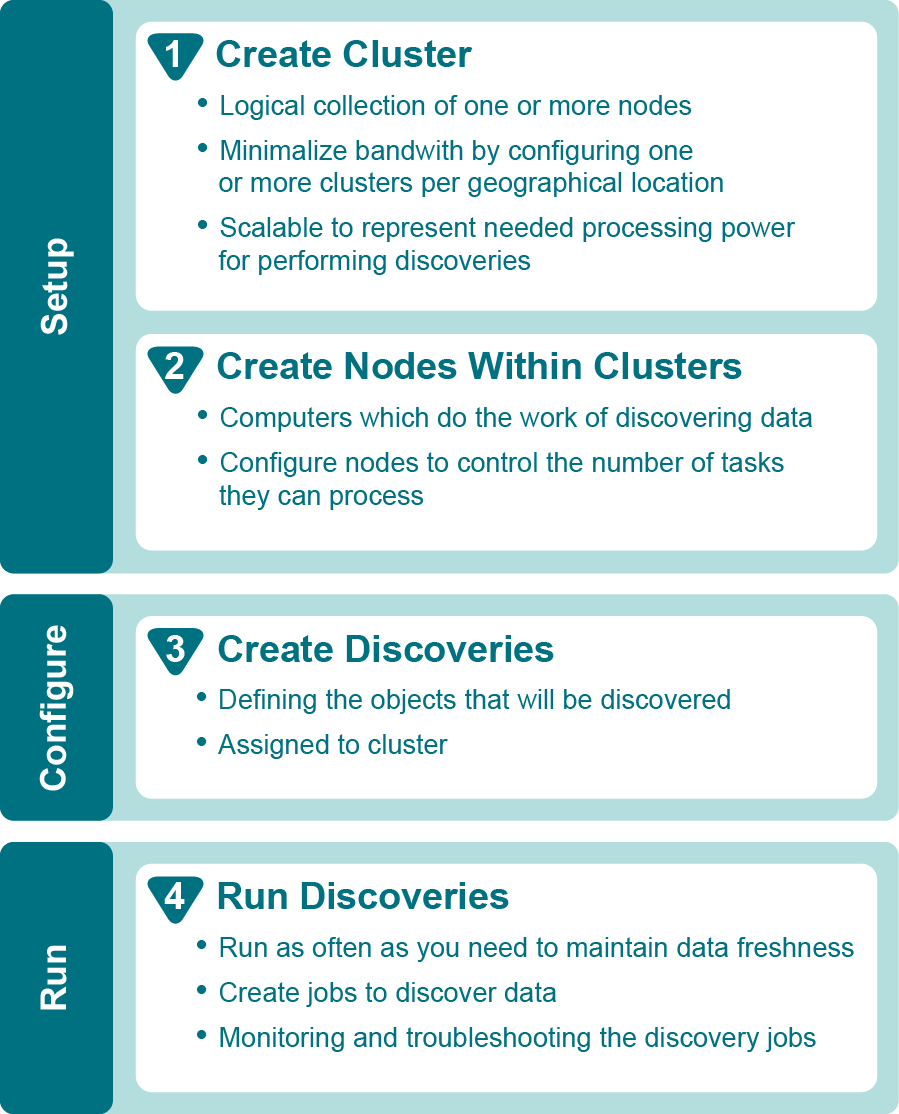Figure 1 outlines the process of using the console to configure and perform data collections.

For more information, see Configuring Clusters and Nodes for Effective Data Collection , and When Do You Add a Cluster? .
|
Ensure the optional shared data location is secured as it contains temporary files of collected data. For more information, see Things to Consider Before Creating a Cluster . Technical Documentation. |
The maximum concurrent tasks of each node defaults to 0 to allow the node to determine how many tasks it will process based on the available CPU. This setting allows the node to process discoveries with optimal performance. For more information, see Clusters , Discoveries , and Improving the Performance of a Node .